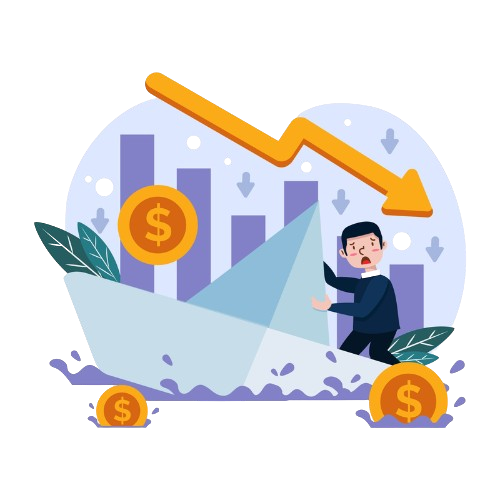Leveraging Technology for Secure High-Risk Transactions

High-risk transactions demand careful attention and the right technology to keep operations safe and efficient. This post explores the use of modern tools to protect transactions that involve higher stakes and potential complications. We will examine the technology available, how these tools work together, and what businesses can expect when they adopt such systems.
Understanding the Complexity of High-Risk Transactions
Transactions classified as high-risk often involve industries such as online gaming, adult entertainment, or certain financial services. The nature of these transactions requires extra checks and controls to deal with issues like chargebacks and fraud. Operating in this environment means businesses must focus on reliability and thorough risk assessment. For instance, a well-implemented high risk processing system is vital in handling transactions that come with a higher level of uncertainty.
The Impact of Advanced Tools
Modern tools have made a significant impact on the management of high-risk transactions. Specialized software now monitors transactions in real-time and flags suspicious activities. This technology is often integrated with databases that track past transaction histories, helping teams spot irregularities before they develop into major problems. Furthermore, technology supports the verification process with multiple stages of review including identity checks and fraud screening.
The Role of High-Risk Payment Gateways
Payment gateways that serve high-risk markets are a key component of modern transaction security. These gateways work to thoroughly check each transaction and use various methods to reduce the likelihood of fraud. A trusted high risk payment gateway not only processes payments but also integrates with fraud prevention tools and risk analysis software to monitor every step of a transaction.
Managing Merchant Accounts for High-Risk Businesses
Merchant accounts for high-risk sectors come with unique challenges. Companies operating in this space often face stricter terms and additional fees due to higher chargebacks or fraud incidents. Setting up a high risk merchant account UK or in other regions requires working with providers who understand these challenges. Automated systems flag transactions that don't meet criteria, reducing the administrative burden on staff.
Integrating Systems for Better Safety
One of the key advantages of modern transaction technology is the ability to integrate different systems. Payment gateways, risk management tools, and merchant account systems can work together to form a cohesive network. This integration supports higher data analysis capabilities and provides deeper insights into transaction patterns over time, helping to address trends that indicate growing risks before they escalate.
The Human Factor
While technology plays a significant role in safeguarding transactions, human oversight remains important. Teams must review flagged transactions and make decisions based on the context of each case. Training and experience are key in interpreting data provided by automated systems. This collaboration between technology and human judgment helps reduce false alarms and maintain a secure transaction environment.
Looking Ahead
The future of high-risk transaction management looks promising as technology continues to advance. New software updates and improved integration capabilities promise to make processes even more secure. Businesses can expect systems that offer greater insight into transaction patterns, detecting issues early and providing clear audit trails to minimize risks.
Conclusion
The use of modern technology in managing high-risk transactions has opened new avenues for protecting both businesses and customers. By employing advanced monitoring systems, specialized payment gateways, and integrated merchant account solutions, companies can manage risks more effectively. Continuous improvement in these tools means that organizations are always better equipped to handle potential threats. For those looking to improve their transaction security, exploring options like high risk processing or setting up a high risk merchant account UK could be a practical next step, along with integrating a dedicated high risk payment gateway into your operations.